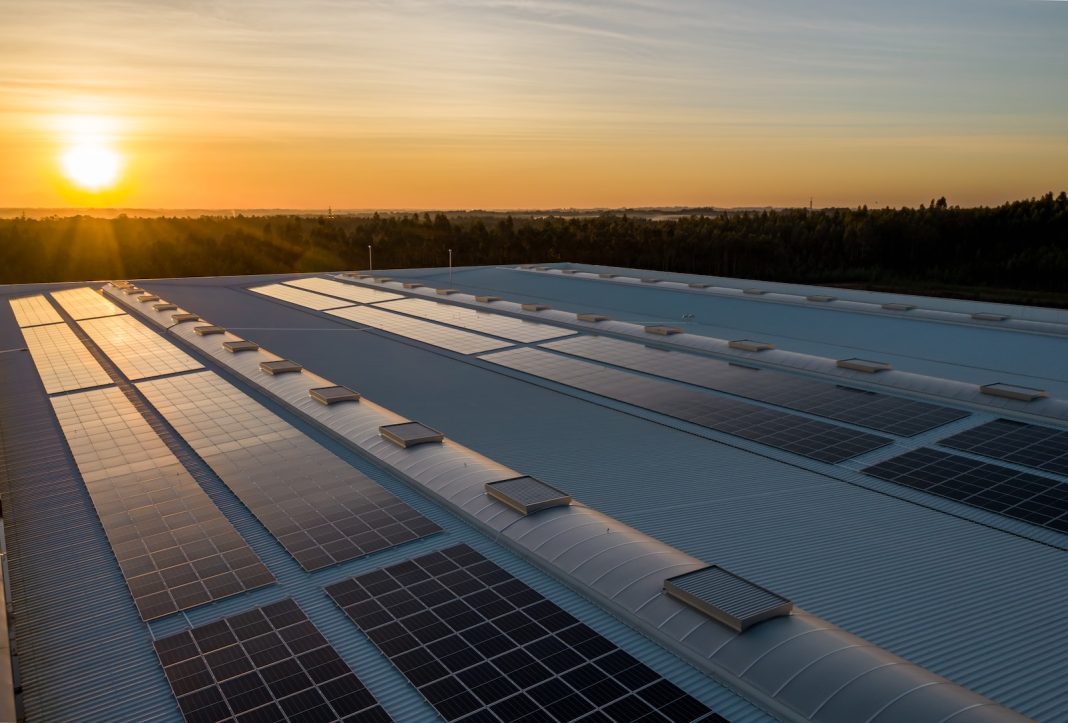Solar panels, the beacons of clean energy, have become an integral part of sustainable living. With a standard 25-year warranty, these panels, if treated well, can transcend their expected lifespan by decades. The question then arises: How can one ensure these panels not only meet but exceed their estimated longevity? Let’s delve into the intricacies of solar panel durability and explore steps to make them last well beyond the quarter-century mark.
The Lifespan of Solar Panels: Beyond 25 Years
Recent strides in technology have extended the lifespan of solar panels. While a 25-year warranty is the norm, the robust materials—glass and aluminum—used in panel construction can endure for 30, 40, or even 50 years. The Achilles’ heel often lies in the electrical components, notably the power inverter responsible for converting DC power to AC power. Fortunately, this component can be replaced without dismantling the entire panel, thanks to the modular nature of solar panels.
Despite the slow degradation of internal elements, with a typical annual degradation rate of around 0.5%, panels maintain efficiency. In cases where degradation exceeds this rate, warranties come into play. Even at the median rate, a well-maintained panel should retain 90% of its original output after two decades. Remarkably, reports suggest that the world’s first modern solar panel, dating back to 2010, was still producing energy at the ripe age of 60.
Prolonging the Life of Your Solar Panels
Ensuring your solar panels stand the test of time requires conscious effort. Here are key steps to consider:
1. Select a Trustworthy Installer
Choosing a reliable installer is crucial for the long-term performance of your solar panels. Instead of fixating on the type of solar cells, focus on finding an installer with a proven track record. Seek personal recommendations or scrutinize local options. Ask pertinent questions such as the installer’s years in business, warranty coverage details, troubleshooting procedures, and a breakdown of the total system cost. During installation, attention to detail is paramount—confirm that the panels are positioned at the optimal angle for maximum electricity generation across the year.
2. Regular Cleaning
Accumulated dust on solar panels diminishes their efficiency and, over time, may lead to component damage. Regular cleaning is essential, but tread carefully. While walking on panels is a no-go, hosing them down or using a gentle push broom to remove debris is permissible. Striking the right balance between cleanliness and avoiding excessive pressure is key to preserving their functionality.
3. Routine Monitoring
Solar power systems operate passively, equipped with an auto-shut-off switch as a safety measure. Monitoring your panels periodically is advisable to ensure they remain operational. Power surges or inadvertent interference can trip the safety switch, necessitating a checkup. Regularly checking the telemetric display ensures the system is actively generating electricity at a consistent rate. Any deviations should prompt further investigation.
4. Scheduled Maintenance
While the structural components of solar panels endure for decades, the associated technology—wires and electrical components—requires periodic care and replacement. Enrolling in regular inspections and maintenance programs is a prudent investment in the prolonged life of your solar panel system. This proactive approach mitigates potential issues before they compromise the system’s efficiency.
In conclusion, the journey beyond the 25-year mark for solar panels involves a combination of informed choices and diligent care. Choosing a reputable installer, maintaining cleanliness, monitoring performance, and scheduling routine inspections are essential practices that contribute to the sustained efficiency of solar panels. As technology evolves, the prospect of solar panels exceeding their anticipated lifespan becomes increasingly promising, ushering in a new era of renewable energy sustainability.


